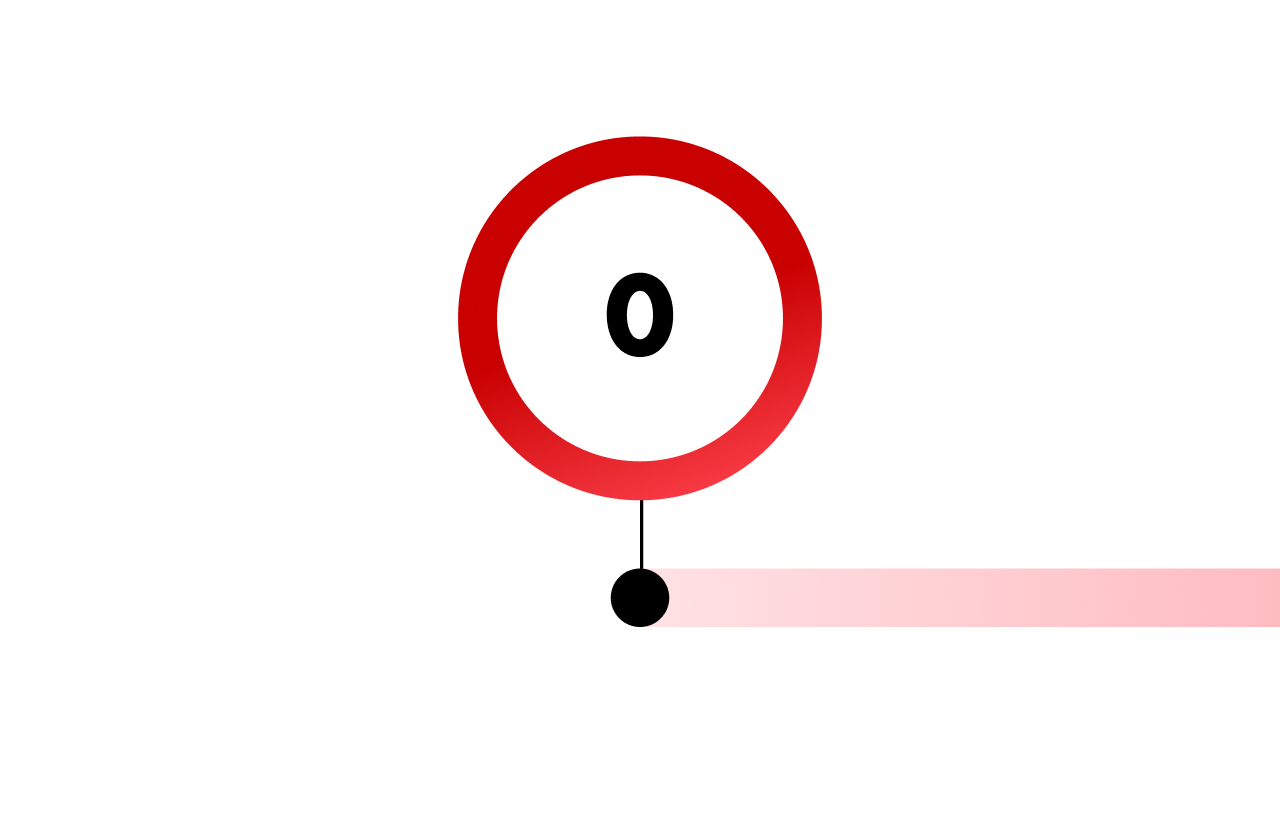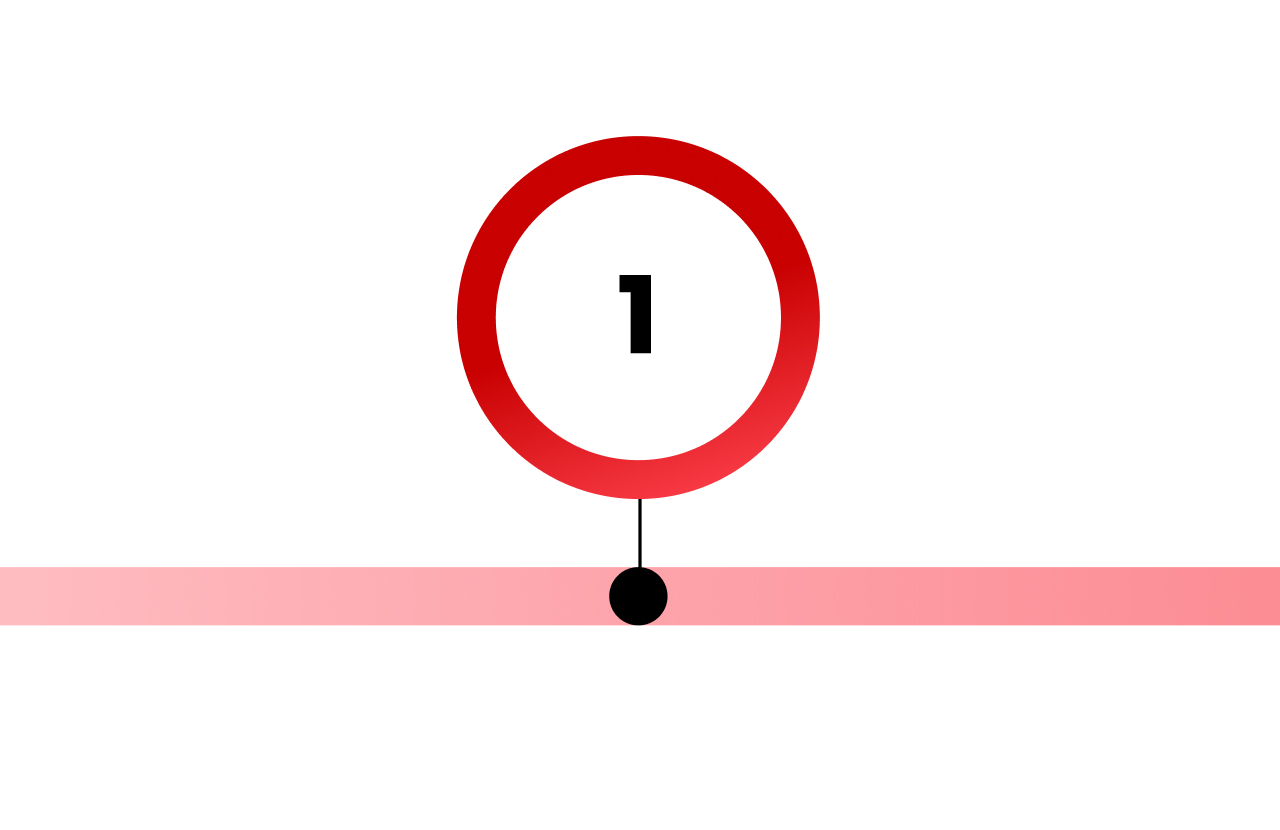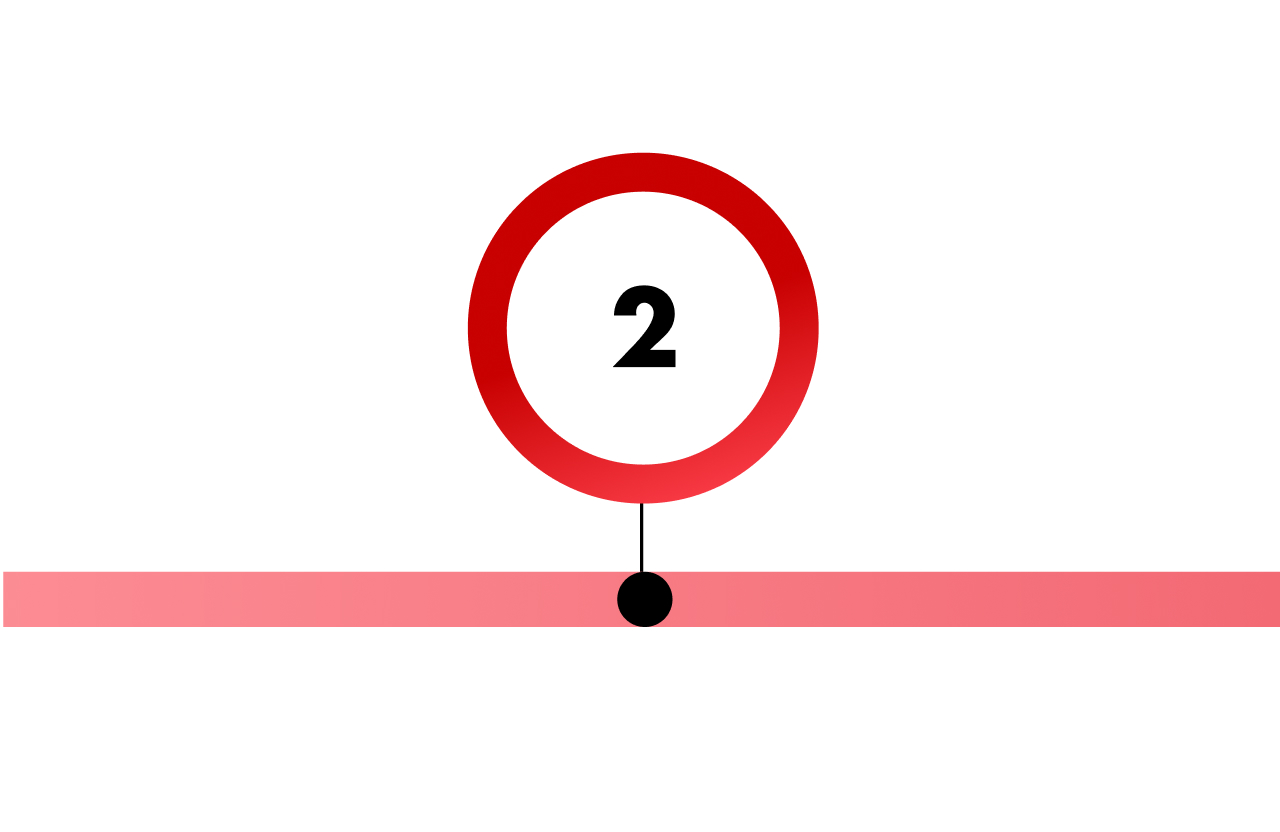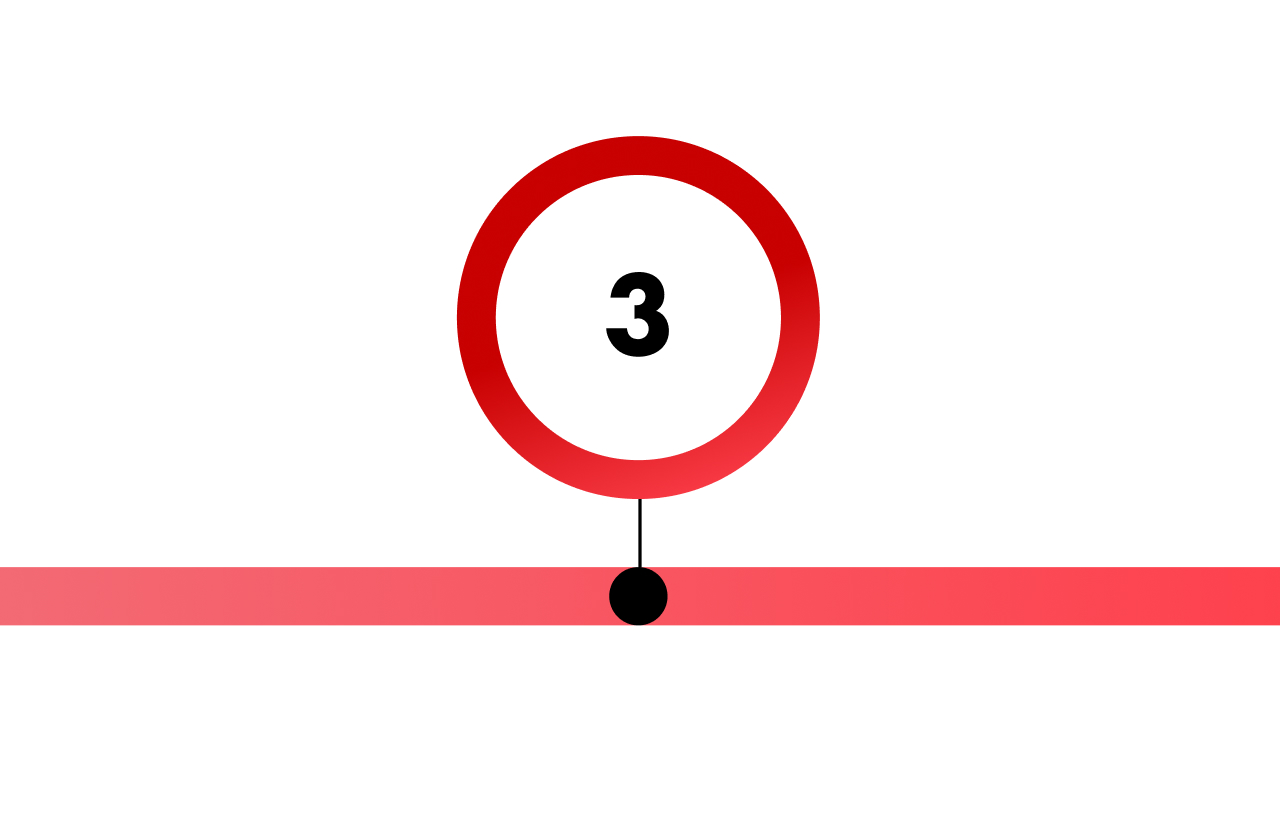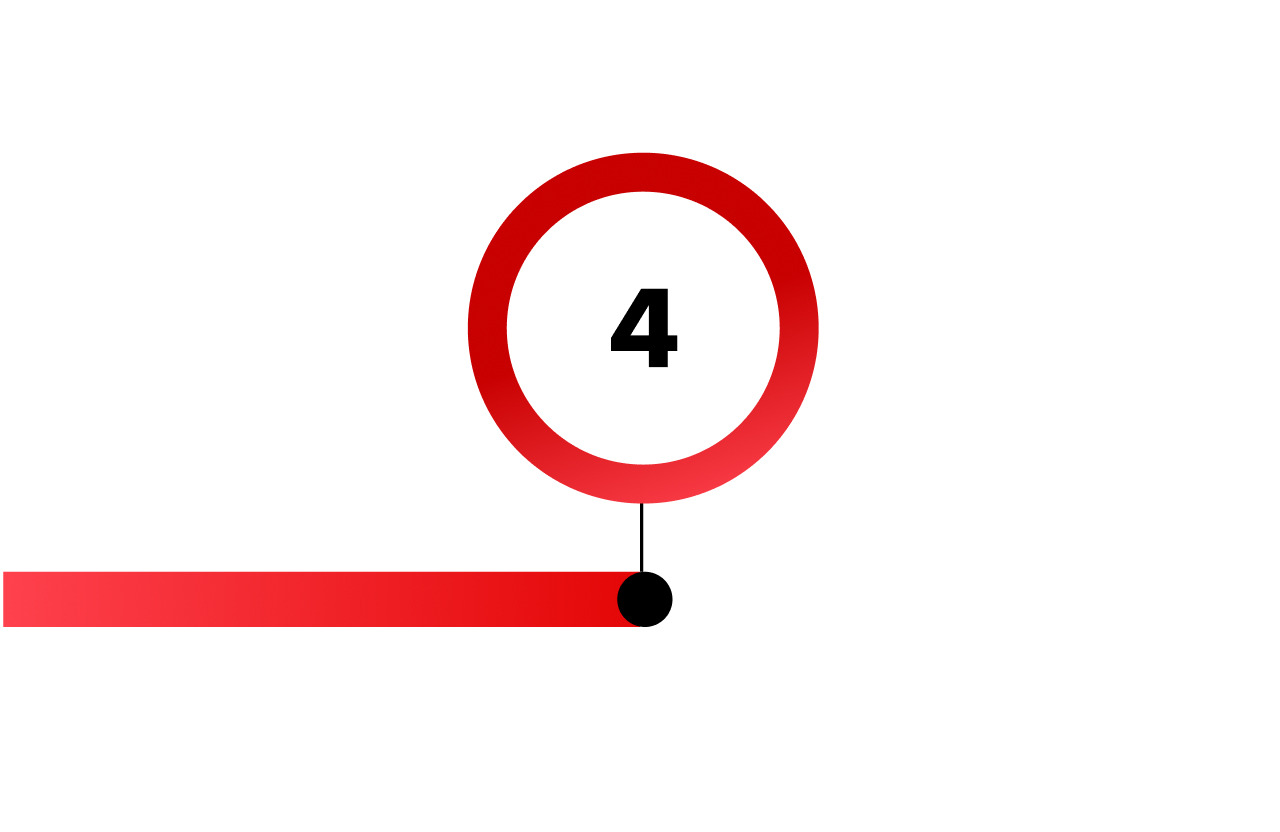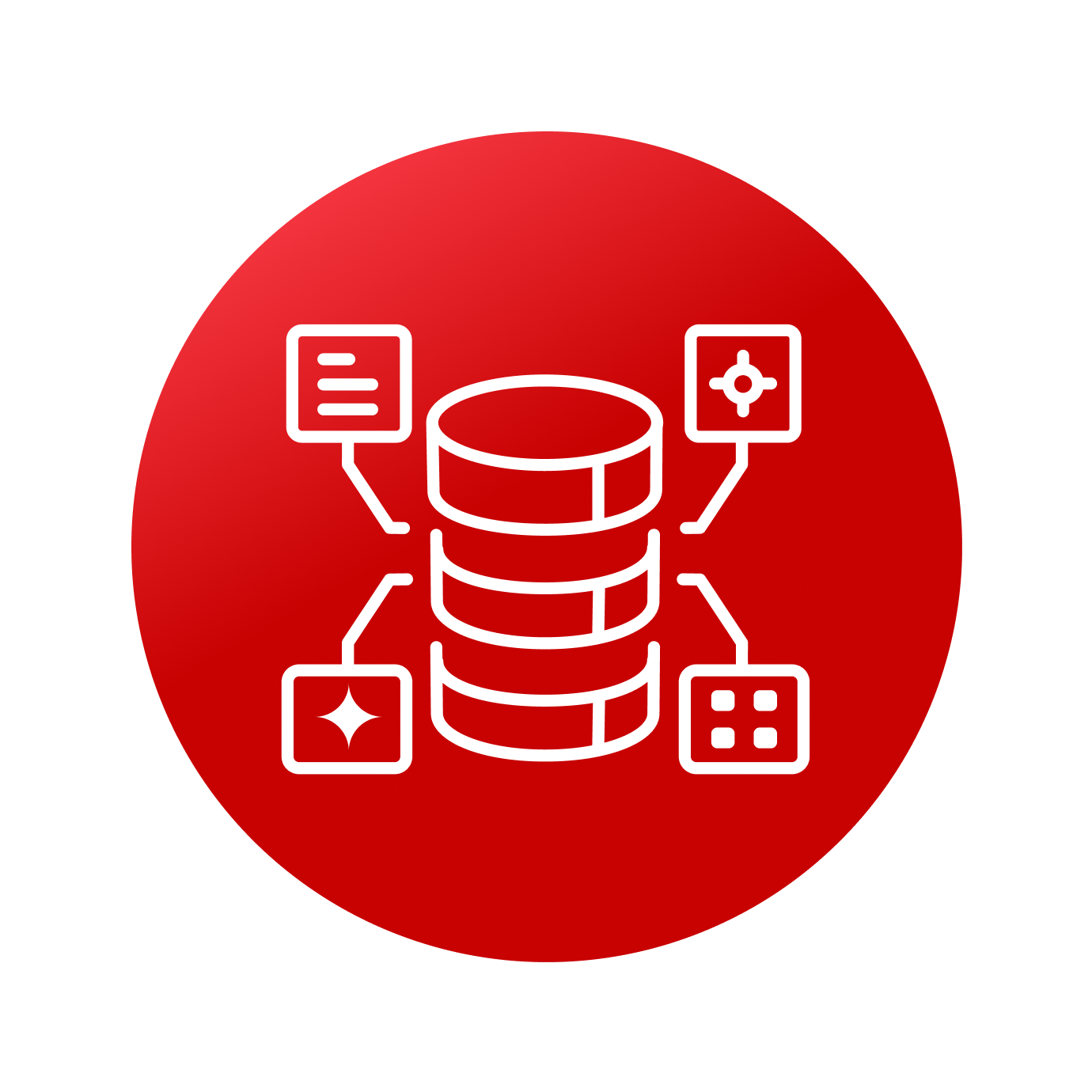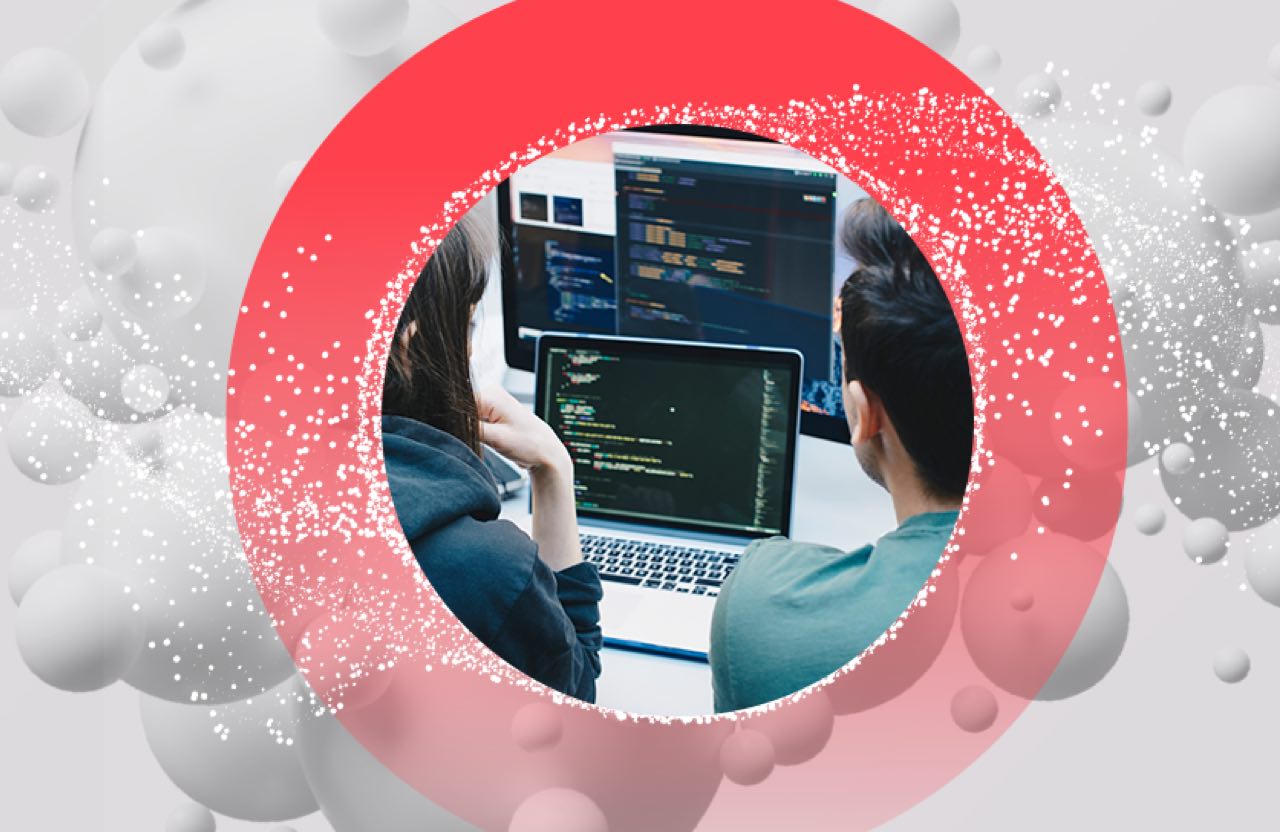What issue can we solve for you?
Type in your prompt above or try one of these suggestions
Suggested Prompt


Sapient Slingshot: The Platform Accelerating the Software Development Lifecycle
How we built it, why we built it and the unique way it works

Executive summary:
- Sapient Slingshot is designed to enable screen development in days, rather than weeks or months. Our platform addresses the core challenges of enterprise software development: not just speed, but predictability and continuity across the entire lifecycle.
- Unlike generic AI coding assistants, Slingshot delivers five unique capabilities: expert-crafted prompt libraries, hierarchical context awareness, context continuity across software development lifecycle (SDLC) stages, AI agent architecture for business decisions and intelligent workflows for complex enterprise problems.
- Sapient Slingshot is built to deliver up to 99 percent code-to-spec accuracy. The platform shifts engineering capacity from majority routine maintenance to majority innovation and new feature development.
- Sapient Slingshot is not an engineering replacement but an amplification tool that increases consistency across development teams while enabling better forecasting of project timelines, outcomes and business value.

In this article:
Breaking the software development bottleneck
The common CIO problems that Sapient Slingshot is solving
What exactly is Sapient Slingshot?
Five differentiators of Sapient Slingshot
The tech is just the suit; the engineer makes it powerful
Transforming legacy systems: Faster and now actually reliable
Breaking the software development bottleneck
For CIOs and CTOs, the cost of today's enterprise software development isn't just measured in dollars. It's in missed opportunities. Legacy modernization projects that take 5+ years and hundreds of millions of dollars. Market-critical features that languish in the backlog. The growing gap between what your business needs and what your engineering team can deliver.
Despite significant investments in automation and AI coding assistants, fundamental challenges remain: Modernizing legacy systems takes too long, development remains unpredictable and the resulting software is often inconsistent, brittle and costly to maintain.
This isn't just a speed problem. It's a predictability crisis that affects every aspect of digital transformation.
We built Sapient Slingshot to solve this crisis. The platform is designed to enable screen development in days, rather than weeks or months. But it’s not just faster coding. It's a fundamental transformation of what's possible with your existing engineering resources.
With Sapient Slingshot, our clients are moving from "No, that's not feasible" to "Yes, let's build it." They're tackling previously impossible modernization projects with greater confidence, predictability and quality than ever before.
The common CIO problems that Sapient Slingshot is solving
At the beginning, our goal was just to make a "better" code assistant than ChatGPT—something to generate code for new applications within our existing development environment so our developers didn't have to constantly switch screens.
But we quickly realized that this approach wasn't solving our engineers' and our clients' problems:
- Leveraging SME expertise – Generic AI wasn't pulling from the deep, industry-specific knowledge of our subject matter experts, meaning it lacked the insights that drive great software engineering
- Utilizing existing knowledge – Generic AI solutions weren't effectively using all the relevant data, documents and code tied to each project, including the valuable institutional knowledge already present in the organization
- Continuity of context – Without maintaining consistent context across the entire software development lifecycle, the AI couldn't provide the right information at the right time, creating isolated context islands that required manual bridging
- Adaptive automation – Since standard automation just repeats the same tasks without learning or adapting, we needed AI that could recognize patterns, learn from previous executions and adapt to evolving team needs
- Intelligent collaboration – Unlike a human teammate, generic AI couldn't communicate or work alongside engineers in an intuitive, meaningful way, especially when interacting with multiple tools, agents and systems.
These weren't just minor flaws; they were preventing AI from being truly useful. To make it work, we needed to build a comprehensive platform that understood how engineers actually build, collaborate and solve problems.
"We're not trying to create the best possible technical model in the world. We're trying to make our software engineers the best that they can be."
Rakesh Ravuri , CTO at Publicis Sapient
What exactly is Sapient Slingshot?
Sapient Slingshot is an AI platform for software development. It isn't just another AI coding assistant or a co-pilot that generates boilerplate code. It's built for unique software development, including the hyper-specific nuances, undocumented fixes, agile processes and tribal knowledge that usually lives in Teams channels and senior engineers' heads. Instead of treating development like a static pipeline, Sapient Slingshot learns, adapts and carries context forward, shaping itself to the people who use it.
It makes decisions, optimizes workflows, analyzes trade-offs and executes with real understanding. It's designed for the hard stuff: the deep, complex engineering work that conventional AI tools can't handle. Instead of replacing engineers, it gives them something no AI system has before: an actual partner in the process.
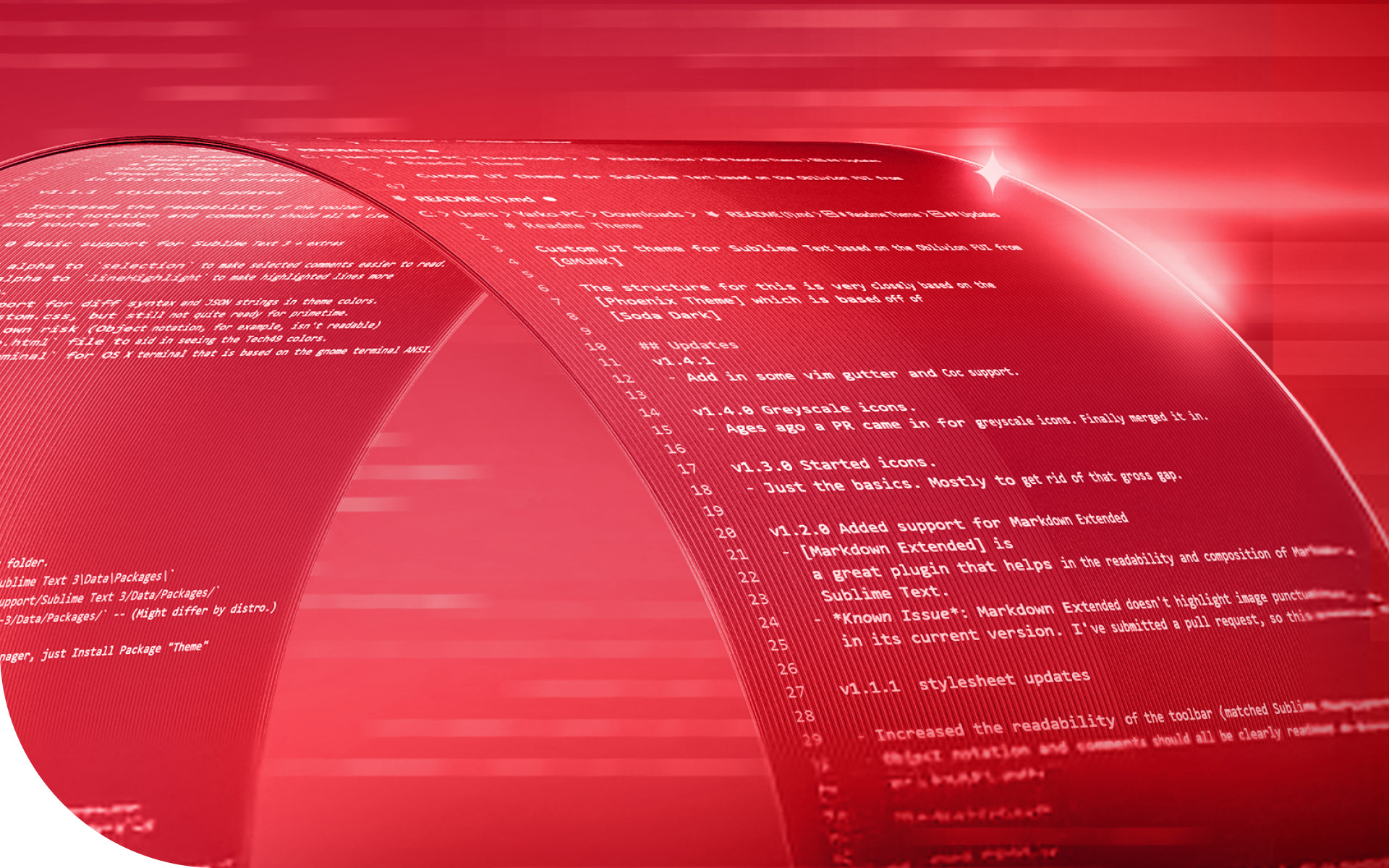
"A co-pilot is built to be generic, but real software development is slow because of enterprise-specific nuances and tribal knowledge that must be codified."
Rakesh Ravuri, CTO at Publicis Sapient
Five differentiators of Sapient Slingshot
What truly sets Sapient Slingshot apart from other AI development solutions in the market are its five core differentiators:
1. Expertise
Prompt libraries crafted by subject matter experts with deep industry expertise generate production-ready enterprise solutions. We've built hundreds of prompts in our prompt library that leverage our best practices.
2. Macro and micro context
Hierarchical context awareness references our extensive industry and domain contexts as well as proprietary InnerSource products and accelerators. Our context stores tap into over 120 PS InnerSource accelerators.
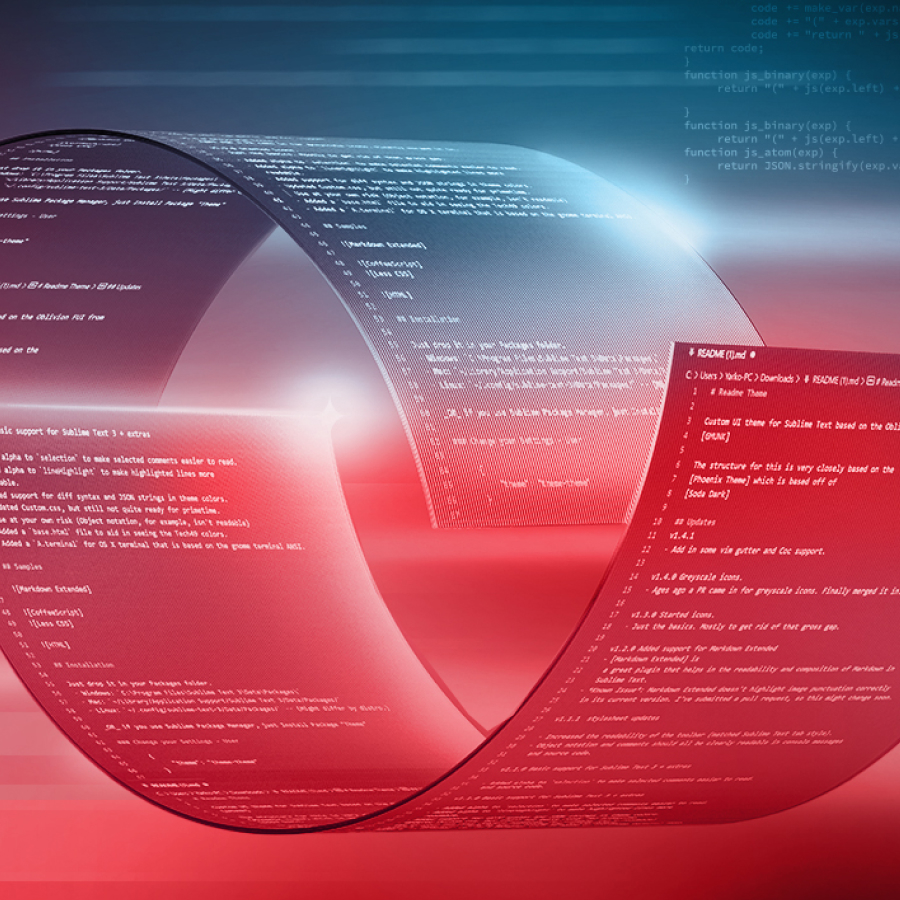
3. Continuity
Context binding across SDLC stages drives comprehensive end-to-end integration within a unified platform ecosystem. This creates a suite of platform tools and agents with seamless context binding.
4. Agent architecture
Customized for the enterprise, our agents address key business decisions and processes using capabilities such as planning, long-term memory and short-term memory. Our industry-specific agents portal handles common business processes.
5. Intelligent workflows
Designed to ensure the right agents, context stores and prompts work together in the right sequence to solve complex enterprise problems. We've pre-configured workflows for the most common industry use cases.

The tech is just the suit; the engineer makes it powerful
Sapient Slingshot isn't some plug-and-play superhero upgrade. It's more like a high-tech exoskeleton built for people who already know how to fight. Think less "anyone can wear the suit" and more "only Tony Stark can actually make it work." Without the engineer, Slingshot is just an expensive pile of circuits. But with the right person inside, someone who understands the terrain, can think through the edge cases and knows when to push and when to override, the system becomes something else entirely. It doesn't replace skill; it amplifies it.
Transforming legacy systems: Faster and now actually reliable
We're still technically in the MVP stage of Sapient Slingshot, but it's already doing more than we imagined. It's unlocking systems integration problems that used to feel impossible, too expensive, too resource-heavy and too slow to attempt.
The unspoken calculus of the modern CIO
A large enterprise technology modernization project often costs $300-$500 million over five years, covering cloud migration, software redevelopment, cybersecurity and data integration. The project would require 150-250 experts, thousands of developers, millions of lines of new code and migrating a hundred million daily records to a secure, cloud-based infrastructure.
Failing to complete this modernization poses a significant risk: data delays, security vulnerabilities and inefficiencies could disrupt operations, compromise sensitive information and impact customers. The upgrade itself also carries risks. If executed poorly, critical systems and sensitive data that businesses and society depend on could be exposed to failures or breaches. The challenge is not just making the change, but doing it securely, efficiently and without disruption.
Less searching, more creating
Sapient Slingshot is shifting how engineers spend their time. It cuts time typically spent searching for information and piecing together scattered knowledge, freeing up more time for actual development.
By generating code and architecture diagrams directly from images or style guides, Sapient Slingshot removes repetitive manual steps, allowing engineers to move faster without sacrificing precision. Sapient Slingshot is built to deliver up to 99 percent code-to-spec accuracy.
More engaged employees
What's different about Sapient Slingshot? People at every level, from junior developers to senior architects, keep saying the same thing: They feel "extremely, extremely capable." Because this isn't some generic AI assistant generating boilerplate. It's tuned to the way engineers actually work. They're becoming multi-dimensional, able to take on roles they wouldn't have before, and even working across languages and disciplines, making them more versatile than ever.
Faster builds, less guesswork
From concept to product in four weeks–our teams are delivering functional products and prototypes in record time.
- New possibilities–Engineers can now take on projects that were once out of reach, whether due to resource constraints or outdated coding languages like COBOL
- Greater trust and transparency–Sapient Slingshot gives engineering teams clear metrics on AI-generated code and user feedback, demystifying the process and fostering confidence
Beyond speed: consistency, predictability, and value
While speed is the most immediately visible benefit, Sapient Slingshot delivers far more:
- Consistency–Because of the continuous context across the entire development lifecycle, Slingshot ensures consistency in code quality, product stories and testing, regardless of developer experience levels
- Predictability – Software development estimation has always been a challenge, but with Slingshot's consistent outputs, you can more accurately forecast project timelines and outcomes, even providing sprint-to-sprint predictions
- Value forecasting – The combination of speed, consistency and predictability enables more accurate value forecasting in which value realization is measurable, consistent and predictable
The Sapient Slingshot roadmap
Fun fact: Sapient Slingshot actually built itself. We started building it on top of Bodhi, our enterprise AI and agent platform. Bodhi provides the intelligence layer and large language model capabilities that Sapient Slingshot leverages.
"The people that first climbed Everest, they set the trail. Unless you do something from scratch, you don't know what the journey looks like and you can't really help your clients fundamentally until you build it yourself."
Rakesh Ravuri , CTO at Publicis Sapient
Phase 0: Our first-mover advantage
Before Slingshot, we were already deep into AI and machine learning, laying the groundwork with Bodhi, and reusable. Sapient Slingshot would eventually grow out of this foundation, but Bodhi had a much broader focus—less about software engineering specifically, more about AI-driven problem-solving across industries.

Bodhi: The AI before the AI
Launched in 2021, Bodhi wasn't designed to be just another AI platform—it was meant to standardize AI workflows. It was built around three core components:
- AI/ML platform–A framework for building, training and deploying machine learning models across industries
- Set of algorithms–Pre-built machine learning models for common enterprise challenges
- Recipes (reusable solutions)–Pre-configured AI workflows designed to automate and optimize frequently recurring tasks

Bodhi came out of real client work—it wasn't just a theoretical system, but something refined through actual business problems, capturing patterns from past implementations and turning them into reusable AI assets. Unlike Slingshot, which would later focus on software engineering, Bodhi was wider in scope, capable of supporting AI applications across various business functions. It was also platform-agnostic and cloud-agnostic, designed to be flexible enough to work in any enterprise setting—a level of adaptability most competitors weren't offering at the time.
InnerSource: Harnessing collective knowledge
At the same time, we were also building InnerSource, an internal open-source ecosystem where engineers, architects and technical leaders could share reusable code, best practices and pre-built solutions. The idea was simple: instead of every team solving the same problems from scratch, why not create a shared knowledge base where successful solutions could be reused and refined over time?
Some key pieces of InnerSource included:
- Boilerplate code–Prebuilt templates for common development tasks
- Reusable code modules–Libraries that could be quickly adapted for new projects
- Best practices–Lessons learned from real-world implementations, continuously updated and improved
This kind of collaborative, open approach meant that when Slingshot eventually emerged, it wasn't drawing from a generic AI knowledge base—it was trained on Publicis Sapient's own accumulated engineering expertise. Instead of generating vague, one-size-fits-all solutions, it was built to reflect how real engineers worked, making its outputs more relevant, more efficient and more aligned with actual industry standards.
Phase 1: Experimentation and early development
In 2022, Vikash Bhardwaj built an early prototype of Sapient Slingshot, integrating generative AI APIs with PSChat, a chat-based platform by Rakesh Ravuri, to tap into Publicis Sapient's internal knowledge. Originally an AI-powered development environment, it gained traction after an internal engineering conference sparked discussions about expanding its capabilities.
The Slingshot integrated development environment (IDE) plugin embeds AI-driven tools directly into developers' workflows:
- Contextual search— Developers can query internal codebases in plain language—"Find an e-commerce project using React and Next.js"—and receive relevant suggestions instantly
- JIRA integration—Story details and requirements surface within the IDE, eliminating app-switching
- Code from Figma— Slingshot translates Figma designs into functional code, generating full pages in minutes
Phase 2: Scaling and building a full platform
Sapient Slingshot started as an internal initiative—a way to make AI actually useful in software development, instead of just another autocomplete function. But as engineers started using the early prototypes, something bigger took shape: Sapient Slingshot was conceived from the beginning as a comprehensive platform, something that could evolve alongside the complexity of real enterprise software development.
To scale Sapient Slingshot, the team had to go beyond a single AI model or coding assistant. The platform had to be adaptable, secure and context-aware, able to function across different engineering environments without compromising compliance or reliability.
The foundational layer focused on three key areas:
-
![]()
AI model integration
Instead of relying on a single large language model, Sapient Slingshot was designed to work with multiple models, optimizing its responses for specific tasks
-
![]()
Context stores
Sapient Slingshot's context store ensured that it could pull in relevant as well as company-- and industry-specific knowledge, instead of generating generic responses
-
![]()
Usage guardrails
AI that generates code at scale needs clear boundaries, and so Sapient Slingshot incorporated mechanisms to prevent security risks, enforce compliance and ensure responsible AI use
From an IDE plugin to a full development platform
As more teams adopted Sapient Slingshot, it became clear that it wasn't just another AI-powered IDE plugin—it was fundamentally changing software development. The platform expanded to cover a range of engineering workflows, addressing bottlenecks that slowed down development:
- Code modernization–Slingshot automated the conversion of legacy codebases to modern frameworks, helping engineers move from mainframe systems to Java, React and cloud-native architectures
- AI-assisted coding–Instead of just speeding up development, Slingshot suggested optimizations, detected potential issues and helped refine architecture in real time
- Unit testing and quality engineering–AI-generated test coverage reduced defects before they reached production
- Production support–By integrating with internal monitoring tools, Slingshot surfaced debugging strategies, log insights and past resolutions
- Figma-to-code generation–Front-end development timelines shrank as engineers could instantly generate UI components from design files
The context store: AI that remembers and adapts
A key distinction between Sapient Slingshot and other AI coding solutions is its ability to maintain continuity of context. Instead of generating responses in isolated context islands, the platform pulls from hierarchical enterprise knowledge, keeping track of decisions across development cycles and providing the right context at the right time throughout the workflow.
It did this by structuring knowledge into different layers:
- Industry-specific context–AI trained on financial services regulations, compliance standards and industry-best practices
- Company-specific data–Internal development frameworks, coding standards and proprietary best practices
- Project-specific context–AI responses that adapted based on project dependencies, task history and real-time development needs
- Historical code repositories–Leveraging past work to improve new development cycles and avoid unnecessary rework
Sapient Slingshot also integrated directly into external systems to ensure its responses were always relevant:
- JIRA–Pulling in user stories, backlog items and requirements
- Confluence–Extracting internal documentation for better contextual responses
- Code repositories–Understanding previously written code to generate more accurate suggestions
Intelligent workflows: Automating the hardest parts of software development
Sapient Slingshot isn't just about helping engineers write code. It's about making entire workflows more intelligent and adaptive through a sophisticated agent architecture.
- Prompt library–A collection of expert-engineered prompts helped developers generate high-quality code faster
- Agent-based architecture–Virtual engineer AI agents could work on tasks independently, reducing repetitive manual effort
- Intelligent context binding–The AI maintained continuity across the entire software development lifecycle, from JIRA ticket creation to deployment
- Backlog AI–Converting requirement documents into structured, developer-ready user stories
- AI-assisted master–Automating sprint health checks, backlog quality assessments and definition-of-ready verification
Security, compliance, and customization
One of the biggest hurdles for AI adoption in enterprise software development is security. Sapient Slingshot was designed from the ground up with compliance and risk management in mind:
- On-premises deployment–Organizations could run Sapient Slingshot within their infrastructure, keeping sensitive data in-house
- Customizable security controls–Clients could host AI models themselves, ensuring full compliance with strict regulatory requirements
- Compliance modules–AI-generated outputs were subjected to brand safety checks, bias detection and human-in-the-loop oversight
- C2PA implementation–Metadata attached to AI-generated content ensured full transparency in how decisions were made
- Risk measurement–Organizations could assess the security and compliance risks of AI-generated code before deployment
- Context-aware security–AI-generated code was filtered based on company policies and regional regulations, preventing the accidental inclusion of sensitive information
Measuring impact: AI that proves its value
To make AI truly useful in software engineering, it has to be measurable. Slingshot includes metrics and analytics dashboards to track its impact in real time:
- Code generation analytics–Monitoring how much AI-generated code was used in production
- Development productivity metrics–Measuring how much time was saved through automation features
- Bug resolution insights–Tracking AI-assisted debugging efficiency and issue resolution times
These capabilities work together to create a comprehensive development ecosystem that accelerates every phase of the software lifecycle.
Phase 3: Implementation and continuous improvement
In its third phase, Slingshot wasn't just about getting more engineers to use AI—it was about reshaping how software development actually works. The Agile Manifesto had been around for over two decades, built for a world before AI could write, refactor and optimize code alongside human developers.
That world doesn't exist anymore. So instead of forcing AI into old workflows, we introduced the AI-Assisted Agile Manifesto, a framework that treats AI as a collaborator—something that works with engineers, not instead of them. The goal wasn't just efficiency; it was about making the entire process more dynamic, more creative and, ultimately, more aligned with the way modern software actually gets built.
We launched a comprehensive training and adoption program for AI-Assisted Agile (AAA), beginning with "Mastering Prompt Engineering," one of the most widely adopted courses in company history, with over 8,000 to 9,000 engineers completing it.
Beyond entry-level engineers, senior staff participated in 12 global training workshops, equipping over 200 engineering directors with AI strategies tailored for enterprise use. Engineers learned how to leverage Sapient Slingshot's context store, ensuring AI-generated solutions aligned with our proprietary knowledge and client-specific needs.
The platform's benefits are clear to engineers at all levels: It provides step-by-step guidance, leverages the company's intellectual property, dramatically improves speed and quality metrics, removes mundane repetitive work and keeps teams at the cutting edge of technology. Unlike tools like GitHub Copilot that focus on individual developer productivity, Slingshot transforms how entire teams work together, delivering complete solutions through AI-assisted agile methodologies.
Sapient Slingshot also broke down specialization silos. Engineers were encouraged to work across the entire software development lifecycle, handling multiple roles within a project. Hands-on training covered new Sapient Slingshot capabilities like the IDE plugin and code modernization application, showing how these capabilities could be integrated into daily workflows.
The platform delivers tangible benefits at every stage of development, including improved code comprehension and analysis, automatic document generation, accelerated test case creation and successful legacy code translation. However, the team recognized that foundation-setting, continuous refinement and human expertise remain essential components of successful implementation.
By early 2025, Sapient Slingshot had 2,000 active developers, generating millions of lines of code. Adoption was iterative, with continuous feedback loops refining the platform's capabilities. We reinforced that Slingshot was not a replacement for engineers, but rather an AI-powered augmentation platform—an "Iron Man suit" for software development.
The roadmap for Sapient Slingshot's evolution included:
- Advanced AI pair programming–AI as a real-time coding partner
- Self-learning AI models–Continuous improvements based on usage data
- Predictive code optimization–AI-driven architectural suggestions before coding begins
By integrating transparency tools like the Insights Portal and reinforcing security with human-in-the-loop validation, Slingshot quickly evolved into a collaborative AI system, driving productivity increases of 40–60 percent across engineering teams.
Phase 4: Current state and what's next
Today, Sapient Slingshot is the future of software development. It integrates code generation, architecture diagrams and AI-assisted Agile methodologies. It is co-evolving with us and for us—and now for our clients.
We predict that in nine months we will have a fully autonomous, virtual agentic workflow to handle every task across the SDLC, allowing our engineers to focus only on high-value problem-solving. The roadmap includes autonomous AI capabilities, an open system for user-driven innovation and virtual engineers to handle repetitive tasks.
Will software engineers become obsolete?
Short answer–no. We are not seeking full engineering automation, and we do not believe that software engineers will become obsolete. In fact, we believe our current ways of working will become obsolete. Our ultimate goal is better delivery, deeper AI-human collaboration and a radical shift in how software is built—without sacrificing expertise, creativity or quality.
Read the AI-Assisted Agile Manifesto, outlining our new ways of working in the age of AI
What we're really doing is shifting the balance. Currently, the majority of software development involves routine, non-innovative work—the same integrations, login methods and data checks that engineers have implemented hundreds of times before. Sapient Slingshot can reduce that routine work to just a small portion of development time, freeing engineers to spend most of their time on adding new features, solving complex problems and driving true innovation.
The future of Sapient Slingshot
One of the first things people want to know beyond the polished pitch decks and tech-world bravado is whether AI platforms like Sapient Slingshot are actually delivering or just another overhyped inevitability. The skepticism is fair. Everyone has been sold on the idea that AI can automate, accelerate and optimize, but the reality is murkier. The real question isn't just what Sapient Slingshot can do, but what it can do well and whether it lives up to its own mythology.
AI's hype is part of a larger problem in tech: grand promises, little-to-no transparency. The consulting industry is saturated with lofty claims about AI transformation, but too often, the details are smoothed over. Sapient Slingshot isn't just another software platform. It's an entire framework for Strategy, Product, Experience, Engineering and Data (SPEED), designed to rebuild legacy systems at scale. We're not just betting on AI; we're investing in safe, responsible AI that works within real-world constraints, not in some theoretical, sci-fi utopia.

And yet, the future is arriving faster than we think. Soon, a client will walk in with a tangled, impossible software development problem and walk out with a functional prototype. The idea that this is coming soon, not someday, is both exhilarating and a little terrifying.
The real future of software development isn't about replacing engineers with faceless automation. It's about creating powerful partnerships between human expertise and AI capabilities. Sapient Slingshot represents this vision: a platform that enhances rather than replaces, that amplifies rather than diminishes the role of engineers in building transformative systems.
We're inviting clients, competitors and anyone who builds software to join us in rethinking what's possible. Because if we're going to build the future, we should at least make it one worth living in.
Contact us
Reach out to Rakesh Ravuri to see how Sapient Slingshot can reduce your software development time, cost and increase quality.
Related Reading
-
![A bird's-eye view of a five-person rowing team in a racing row boat surrounded by water.]()
Insight
Evolving Agile for the AI Era: Introducing the AI-Assisted Agile Manifesto
Learn why the original Agile Manifesto requires a critical update for the AI era, and how the new AI-Assisted Agile principles are redefining modern software development practices.
-
![]()
Insight
The Executive Guide to AI-Assisted Software Development
Discover how AI is transforming software development, saving years of work, reducing technical debt and giving you the competitive edge to lead the future.
-
![]()
Insight
Sapient Slingshot: AI Software Development Platform
An AI software development platform for the entire lifecycle.




